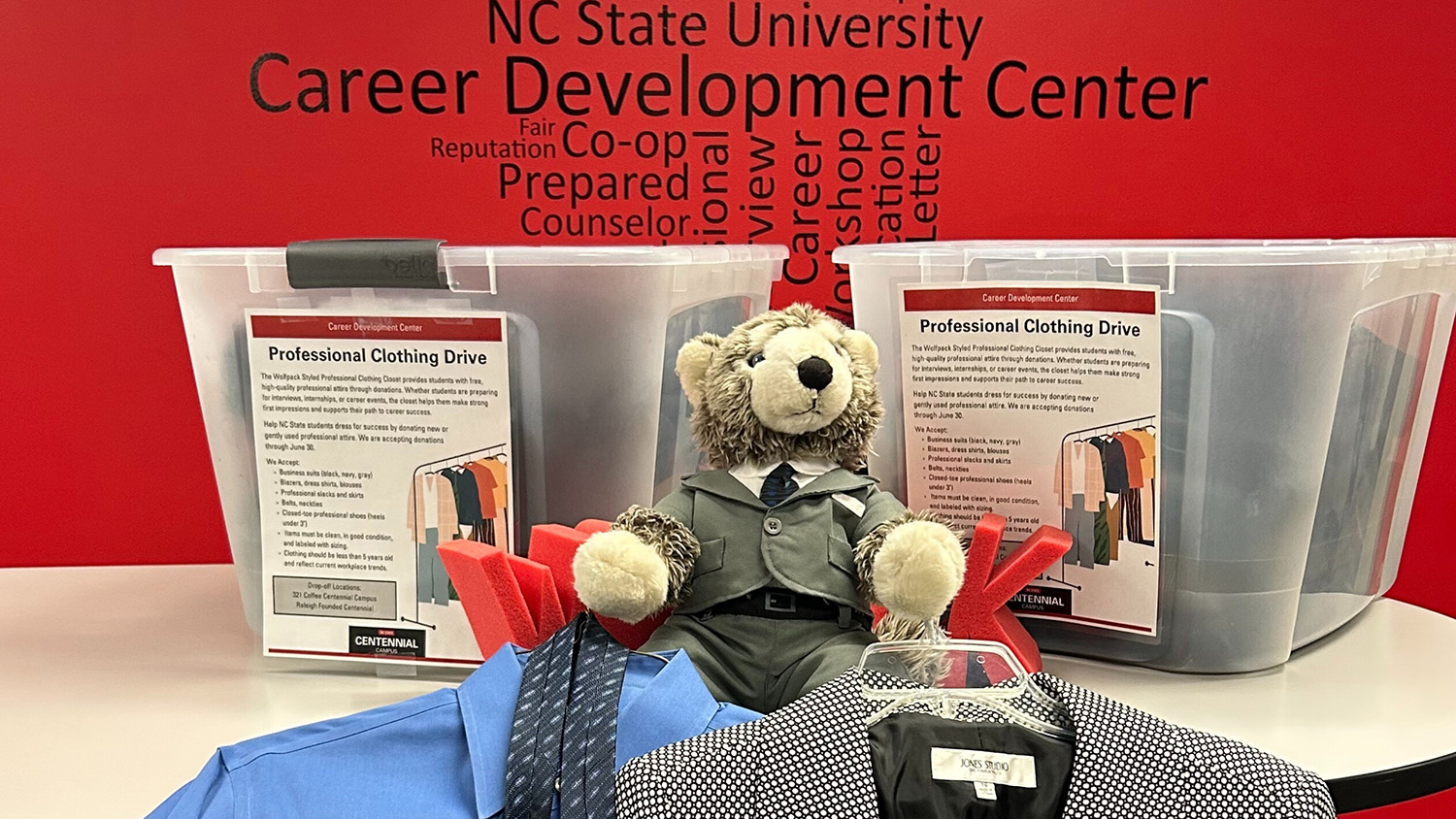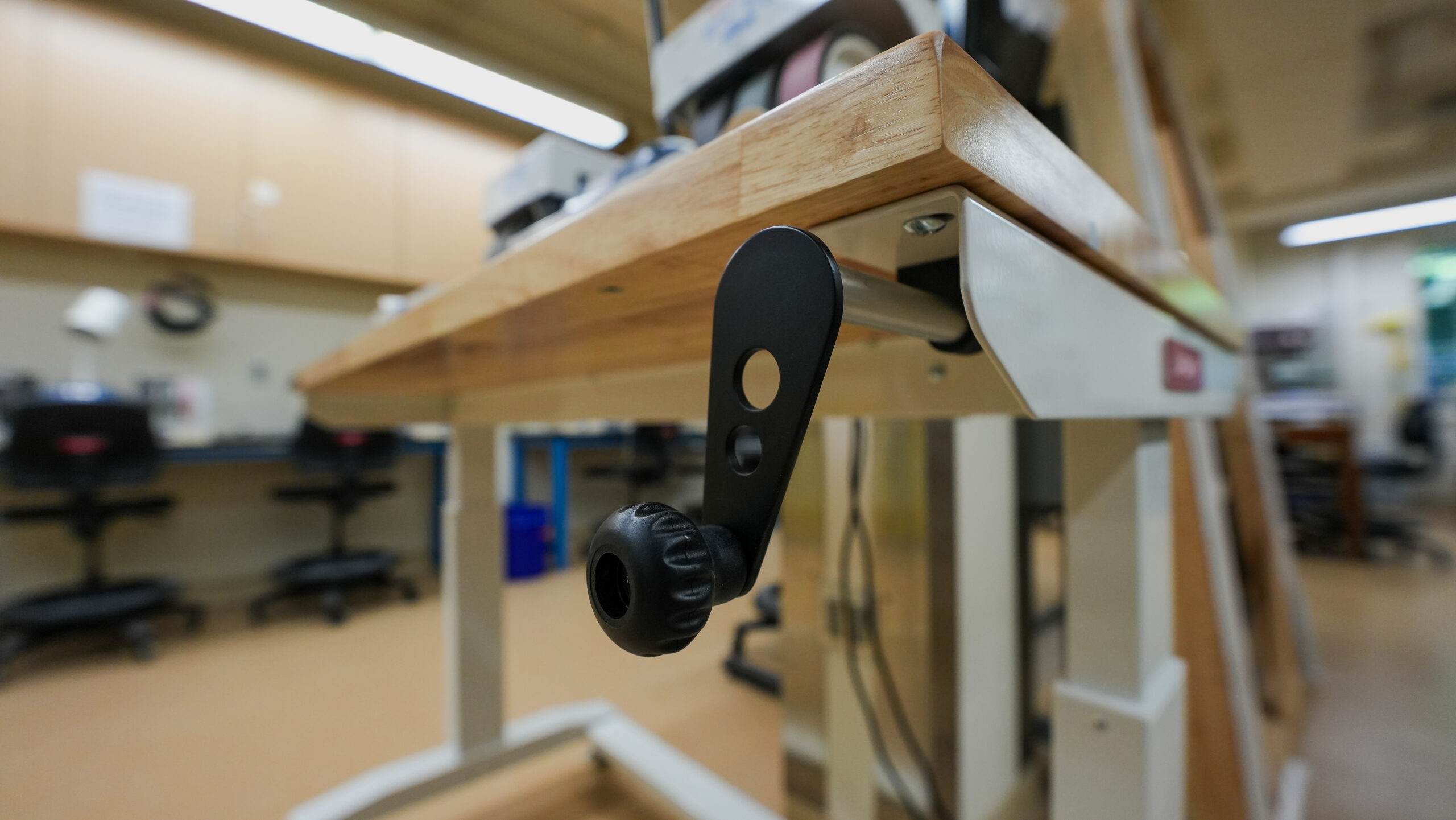Best Practices for Google Calendar
Google calendar is a powerful tool for scheduling. However, settings on both the sender’s end and the receiver’s end can impact how notifications and updates are handled. This means that we need EVERYONE to use these best practices so that the functionality will work as expected.
Best Practices
Creating/Editing Events
- Always send invitations! (Note: invitations will be received if recipient has not suppressed notifications)
- Note that changing time or date on an event will reset status for invitees and they will have to RSVP again. Changing descriptions, locations or guests does not change status of existing invitees.
Receiving Invitations and Notifications to Events
- Always indicate your status! Yes/Maybe/No
- In settings, under “Automatically add invitations to my calendar” choose either of the first two “yes” options, don’t choose “No”
- For your own calendar: In Settings/Calendar/Reminders & Notifications – by default, the “email” box for New, Changed, Canceled events is checked; don’t change this or you will not receive invitations or notifications.
- For other calendars you manage: Add notifications!
Other Tips and Tricks
Restore Deleted Events
- Click the down arrow next to your calendar
- From the pop up menu, select Trash
- Find your event and choose the restore option
How to Find Conference Rooms
- Some are the the “Rooms, etc.” list and they are listed by Building Code
- Others are not listed, and you have to know the address and it gets entered as a “guest”
- Idea for DASA: collect our list of conference rooms and share the email addresses with each other
Get a Daily Agenda Emailed to You
- From the gear icon in the upper right, choose Settings
- Choose the Calendars tab
- Select Notifications for your calendar
- Choose the Daily Agenda option
Attachments
- You can start an event in email by choosing “insert invitation”
- From there, add your attachment
- Send the email, and it gets received just the same for the recipient
- Or, within an event, you can “add attachment” from within your Google Drive
Creating a Contact Group from an Email
- Click on “To” when creating a new email to see your contacts. It doesn’t look clickable, but it is! Then you can “save as group.”
Hide a Calendar? Lose a Calendar?
- Most of us have access to additional calendars. You can hide those calendars by hovering over the calendar title, clicking the down arrow and choosing the hide option.
- You can re-enable a calendar show in your list of “Other Calendars” by going to you calendar settings (gear icon in the upper right) and choosing “Calendars” then checking the “show in list” box.
Sync Your Calendar
- Droid users typically don’t have any issues with syncing a Google calendar, since this is a native application on Droid devices (the Android platform is made by Google).
- iOS (iPhone, iPad) users can now use the Google Calendar app, which works much better than the native Apple Calendar app.
Adjust Your Notifications
- Notifications can be a very helpful tool, but take the time to make adjustments to get the most out of them.
- Click the arrow next to your calendar and choose Notifications. From here you can fine tune your settings.
- Lather, rinse and repeat for any other calendars under your “My Calendars” list.
- As needed, return to these settings to cancel or alter your notifications if your current settings aren’t working for you. Alternatively you can send the text message “STOP” to 48368 (GVENT) to stop all notifications for all calendars.
Use “Private” for Personal Events
- Find the privacy section at the bottom of any event you create.
- Select “Private”
- Select “Available” or “Busy” as desired
- Categories:


